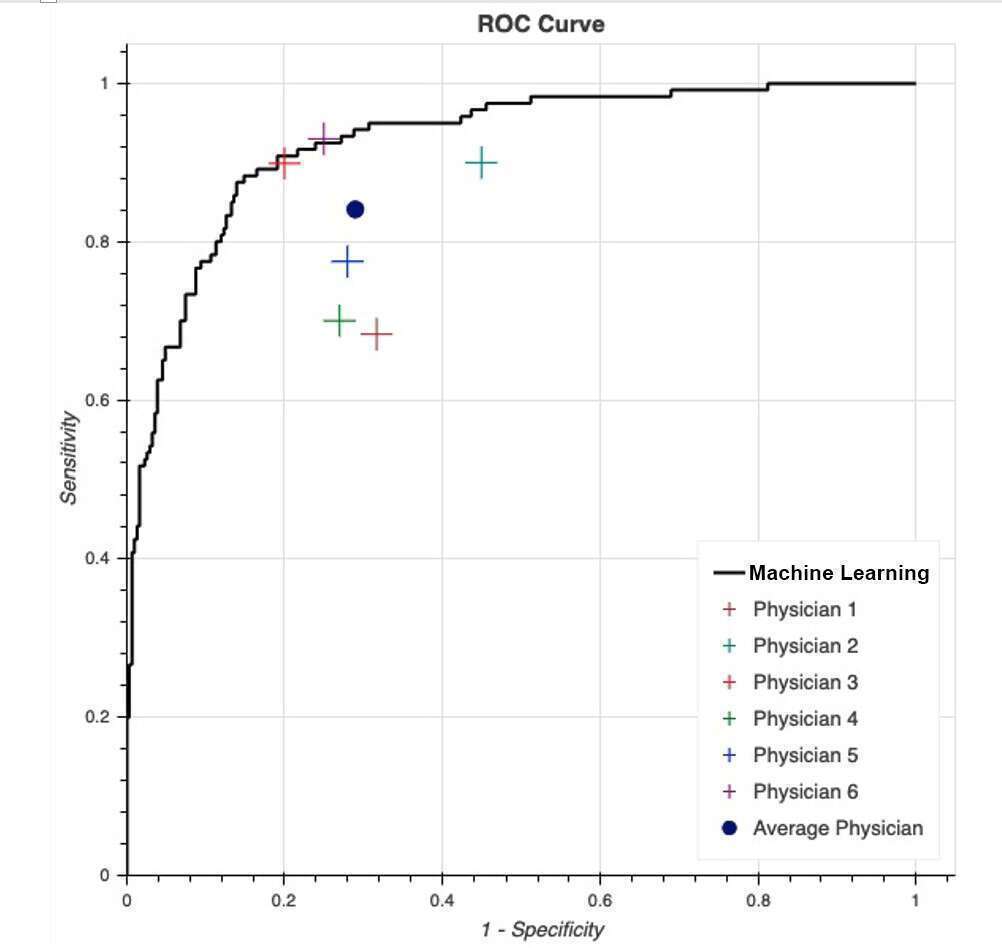
Physicians and machine-learning algorithm performance in predicting left-ventricular systolic dysfunction from a standard
12-lead-electrocardiography
2Sackler School of Medicine, Tel-Aviv University, Israel
3Taub Faculty of Computer Sciences, Technion- Israel Institute of Technology, Israel
4Dept. of Mathematics and Computer Science, The Open University, Israel
5Department of Epidemiology and Preventative Medicine, Tel-Aviv University, Israel
Introduction: Early detection of left-ventricular dysfunction (LVD) may prompt initiation of care and improve outcomes. Recently, machine learning algorithms (MLA) were trained to predict LVD from a standard 12-lead ECG. In the present study, the performance of MLA for prediction of LVD was compared to the performance of physicians.
Materials and Methods: A dataset of 15,992 paired ECG and echocardiographic determination of ejection fraction (EF) was established from a retrospective data collection in our center. Of this dataset, 1,000 pairs of ECG and echo were used as a test set while the rest were utilized to train and validate a MLA. The ECGs of the test set were presented to the MLA and to 6 cardiologists all were asked to determine, based on the ECG presented, whether the corresponding patient’s EF in normal or not (i.e., EF<50). The sensitivity and specificity of the physicians was calculated and plotted alongside with the receiver operating curve (ROC) and the area under the curve (AUC) of the MLA.
Results and Discussion: The average age of patients included was 72.4±15.3 years, and 61% were males. Significant variance was noted in the physicians’ performance. The average sensitivity and specificity of the 6 physicians was 0.69 and 0.74 respectively while the AUC for the MLA was 0.84 (figure).
Conclusions: MLA outperforms physicians in determining decreased EF from 12-lead. This algorithm may be utilized as a screening aid for early detection of asymptomatic decreased left ventricular function.

Powered by Eventact EMS